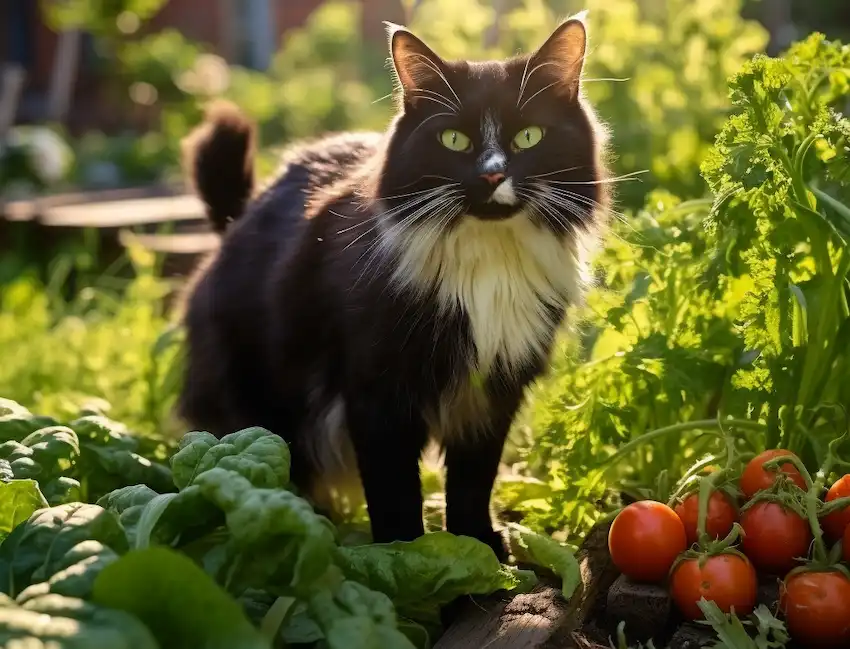Natural Mouse Repellent Plants for a Pest-Free Garden
To keep mice away from your home using plants, there are several effective options that you can consider. Here’s a comprehensive guide based on various sources:
Common Plants That Repel Mice

- Peppermint and Spearmint: These plants emit a strong scent that is unappealing to mice. Peppermint and spearmint can be grown in gardens or in containers if you have limited space. They thrive in full sun and well-draining soil.
- Lavender: Known for its pleasant fragrance to humans, lavender is unattractive to mice due to its essential oils. Lavender prefers full sun and well-draining soil.
- Garlic and Onions: Both garlic and onions have strong scents that mice find repulsive. They are easy to grow and require full sun with well-draining soil.
- Catnip: While catnip attracts cats, it repels mice. This herb can be a dual-purpose plant in your garden, bringing in cats that can deter mice and directly repelling rodents with its smell.
- Chrysanthemum: This flower contains pyrethrins, a natural insecticide that also deters mice. However, it’s mildly toxic, so it should be planted with caution if you have pets.
- Sage: This herb is easy to grow and works effectively as a mouse repellent. It thrives in well-drained soil and areas that receive plenty of sunlight.
Additional Measures
- Ultrasonic Devices: These devices emit high-frequency sounds that are unappealing to mice. They are more suited for indoor use as they can affect other wildlife outdoors.
- Natural Predators: Encouraging natural predators like cats, birds, snakes, and foxes in your garden can help keep the mice population in check.
- Food Source Reduction: Keep your garden clean by promptly removing fallen fruits, vegetables, and seeds. Also, secure your compost bins and pet food containers.
- DIY Repellent Mixtures: Create your own repellents using ingredients like garlic, onions, cayenne pepper, white vinegar, baking soda, and coffee grounds.
- Traps and Snap Traps: In conjunction with repellent plants, these can be effective in controlling mice populations.

Plant Care and Maintenance
- Regular Pruning: Keep your repellent plants like peppermint and lavender pruned to encourage growth and enhance their scent.
- Proper Growth Conditions: Ensure that your plants are growing in optimal conditions, including well-draining soil and full sunlight.
Points to Consider
- Toxicity: Some plants and essential oils can be toxic to pets and small children. Always exercise caution and keep them out of reach.
- Resistance: Over time, pests might develop resistance to certain repellents. Rotating different plants and methods can help maintain effectiveness.
By combining these plants and additional measures, you can create an effective strategy to keep mice away from your home naturally. Remember, the key is to maintain a diverse and healthy garden ecosystem, as this will not only be aesthetically pleasing but also act as a natural deterrent to mice and other pests.
Inspired by this? Share the article with your friends!


















